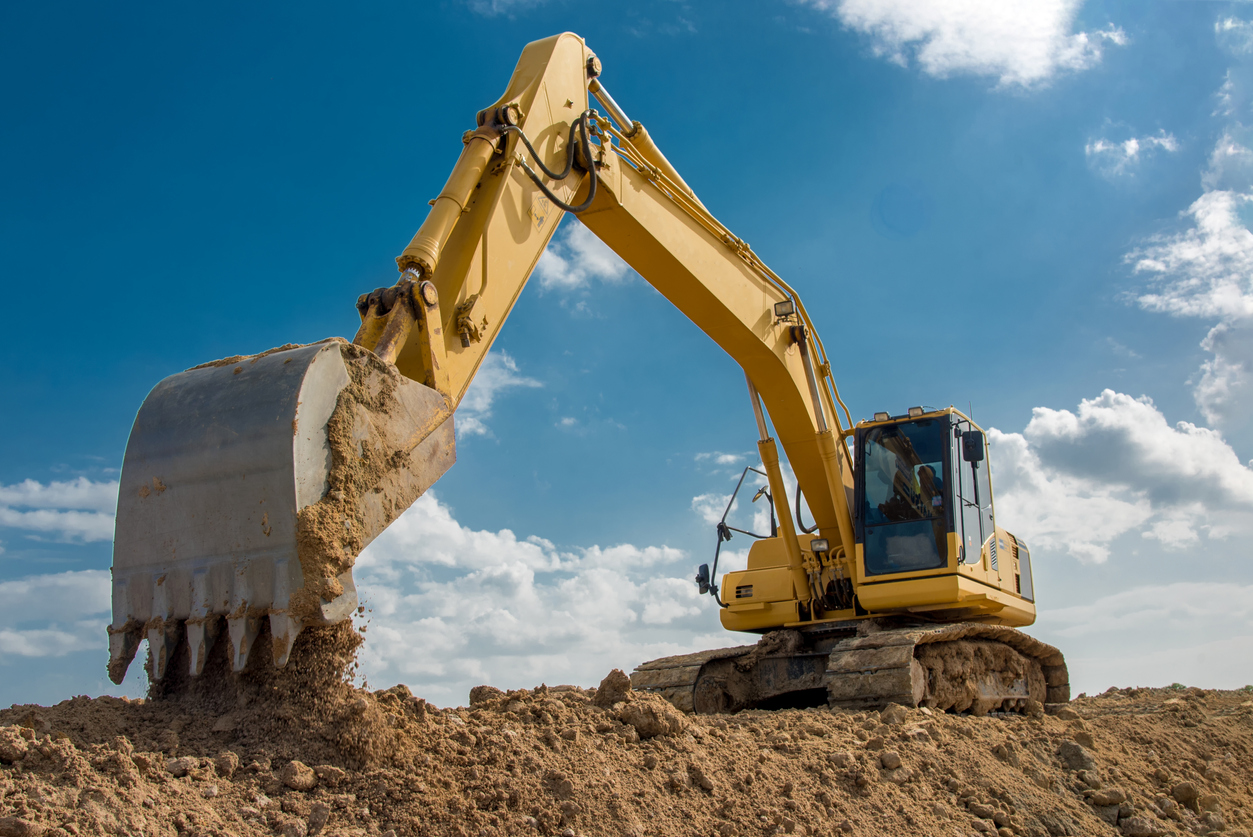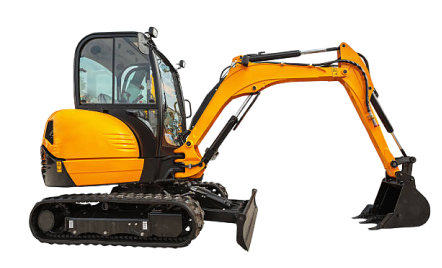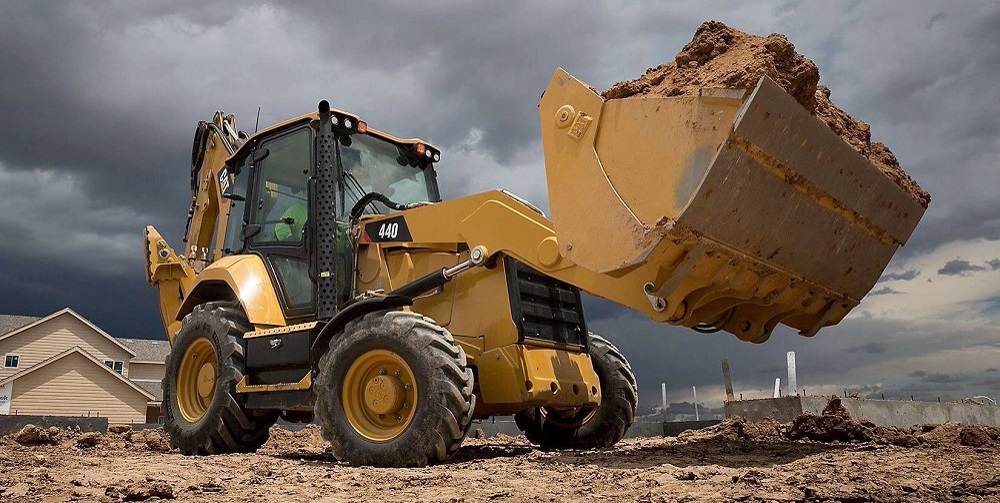Find Trustworthy Construction Equipment Rentals: Discover Our Dozer Rental and Scissor Lift Rental Alternatives
Find Trustworthy Construction Equipment Rentals: Discover Our Dozer Rental and Scissor Lift Rental Alternatives
Blog Article
Crucial Tips for Managing Heavy Tools Rental Agreements and Logistics Successfully
Efficiently taking care of heavy tools rental agreements and logistics is critical for the success of any type of project that counts on these resources. An extensive understanding of rental terms, paired with exact evaluation of equipment needs, lays the foundation for beneficial arrangements. Working with transport logistics and intending for recurring upkeep can dramatically decrease unforeseen expenses and hold-ups. Nevertheless, the ins and outs of these elements often existing difficulties that need critical insight. What are the essential factors to consider that can transform these possible challenges right into opportunities for efficiency and cost-saving?
Understand Rental Terms
Recognizing rental terms is important for effective hefty tools management. The rental duration specifies the duration for which the equipment is rented, affecting budgeting and project timelines.
Furthermore, it is critical to comprehend the maintenance responsibilities detailed in the contract. Usually, rental business preserve the tools, however recognizing that is accountable for regular checks and repair services is crucial to stop operational interruptions. Additionally, terms may consist of conditions worrying liability for damages or theft, which can have major financial ramifications if not correctly understood.

Assess Equipment Demands
Assessing tools requirements is a vital action for any project supervisor intending to enhance source allocation and improve functional efficiency. This procedure involves a comprehensive assessment of the task demands, consisting of particular jobs, timelines, and the sort of tools essential to accomplish preferred end results.
Begin by recognizing the range of the job and the tasks that will be carried out. Think about aspects such as the surface, the scale of operations, and any potential difficulties that might affect equipment choice. Involving with employee who will certainly run the equipment can supply important understandings right into sensible needs and preferences.

Following, assess the capability and abilities of readily available equipment choices. It is crucial to match the best equipment to the tasks at hand, guaranteeing that it can deal with the expected work without jeopardizing safety or efficiency.
Additionally, consider the rental period and frequency of use. Recognizing these components can help identify whether buying or leasing is the most affordable service. By conducting a comprehensive analysis of devices requirements, job managers can make educated choices that lead to boosted productivity and minimized functional costs.
Negotiate Effectively
Once the equipment demands are clearly identified, the following action involves effective negotiation with rental companies to protect desirable terms. Begin by looking into different rental firms to recognize their rates frameworks, inventory availability, and track record.
When coming close to the arrangement table, be clear concerning your requirements, including the sort of equipment, rental duration, and any type of extra solutions you may require. This openness makes it possible for rental companies to offer tailored remedies that can fulfill your particular requirements (boom lift rental). Do not think twice to request discounts, especially for long-term leasings or bulk orders, as several companies want to use concessions to protect larger contracts
These elements can considerably impact the total price and needs to be explicitly detailed in the rental agreement. Make sure that all agreed-upon terms are documented in writing to prevent misconceptions and protect your interests throughout the rental duration.
Coordinate Transport Logistics
Working with transportation logistics is a crucial facet of managing hefty tools rental agreements. Efficient transport ensures that tools is supplied promptly and in optimal condition, thus decreasing downtime and improving job efficiency. To accomplish this, it is essential to develop an extensive logistics prepare that describes the whole transport process from pickup to shipment.
Begin by analyzing the specific transportation requirements based on the type and size of the devices included - aerial lift rental. Involve with trustworthy transport service providers who specialize in hefty tools to ensure they have the required proficiency and equipment, such as flatbed vehicles or specialized trailers. Go over factors such as weight restrictions, course constraints, and called for authorizations to stay clear of unforeseen delays
Furthermore, preserve open interaction with both the rental company and the transportation service provider to collaborate schedules efficiently. By diligently collaborating transport logistics, you can promote the honesty of your forklift rental rental contract and help with smooth task execution.
Prepare For Upkeep and Assistance

Additionally, it is essential to connect directly with the rental company concerning maintenance responsibilities. Some arrangements might consist of upkeep as part of the rental service, while in other situations, the obligation might drop on the occupant. Comprehending these terms will certainly assist stay clear of unforeseen prices and obligations.
In addition, having access to technical support can be important. Make certain that the rental business supplies 24/7 support or an emergency situation get in touch with, allowing for speedy resolution of any type of tools problems. Educating your team on correct devices usage and routine checks can additionally dramatically improve operational effectiveness.
Conclusion
Finally, efficient management of heavy tools rental contracts and logistics rest on an extensive understanding of rental terms, precise assessment of tools needs, and skilled settlement skills. Collaborating transport logistics and preparing for upkeep further improve functional efficiency. By applying these strategies, companies can mitigate dangers, control prices, and make sure that projects advance efficiently and within recognized timelines. Stressing clear communication with all stakeholders continues to be important in browsing the complexities of devices rental and logistics monitoring.
Properly handling hefty devices rental arrangements and logistics is important for the success of any kind of task that counts on these sources. By completely assessing and recognizing these rental terms, organizations can make enlightened choices, alleviate dangers, and guarantee that their heavy equipment monitoring straightens with task objectives and monetary constraints.Coordinating transport logistics is a critical aspect of taking care of hefty tools rental arrangements.In verdict, reliable administration of hefty devices rental contracts and logistics joints on a complete understanding of rental terms, accurate assessment of devices demands, and experienced settlement skills. Stressing clear interaction with all stakeholders stays important in navigating the complexities of tools service and logistics administration.
Report this page